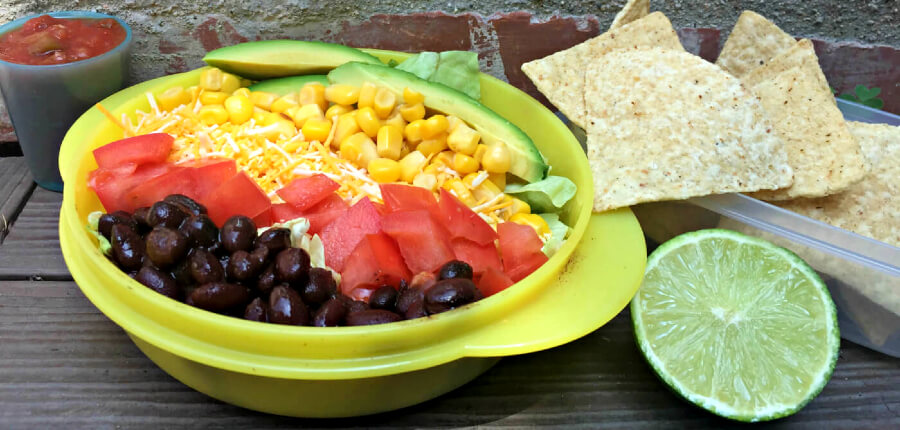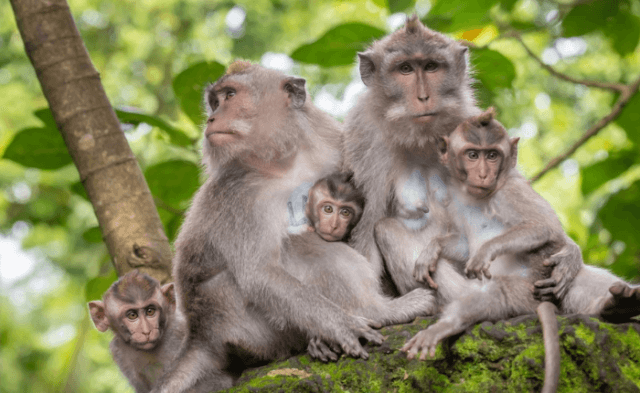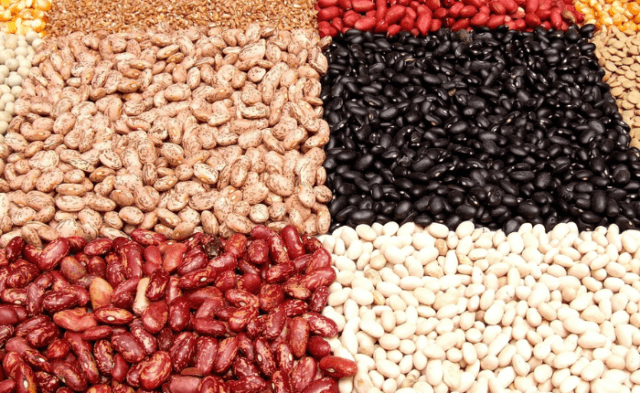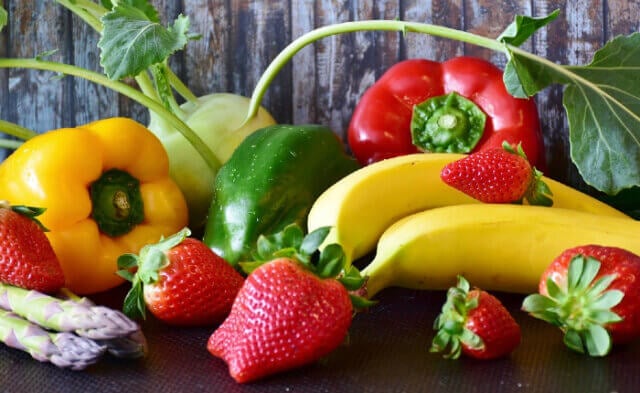These challenges come at the same time that government meal exemptions granted during the pandemic, which allowed all kids to eat for free, are expiring. Everyone is hungry for change, especially cash-strapped parents and guardians, and there is an affordable, healthy, humane, sustainable solution: vegan food.
According to research from Oxford University, going vegan could reduce our food expenses by up to one-third in the U.S. Take the vegan classic, peanut butter and jelly on wheat bread: A PB&J costs only $0.45 on average and is packed with protein and complex carbohydrates, making it the most budget-friendly sandwich of all, as reported by Business Insider. The possibilities don’t end there, though: baked potatoes, hummus with cucumber slices, tofu or pasta salad, bananas or other fruit, and pretzels are all affordable vegan foods suitable for lunchboxes.
Not only are these foods easy on the wallet, they are also healthful. Many foods made from plants are free of artery-clogging fat while also providing healthy servings of protein, iron and calcium. Vegan children can easily get all the nutrients they need for good health from plant sources. And well-planned vegan meals are appropriate for all phases of life, including during pregnancy, nursing, infancy, youth and adolescence, according to the Academy of Nutrition and Dietetics.
Encouraging kids to eat foods that didn’t hurt an animal will also protect their mental wellness. A recent study published in the journal Social Psychological and Personality Science found that children are more likely than adults to disagree with eating animals, and their ability to “justify” consuming them only develops after age 11, suggesting that children are taught to ignore their feelings of empathy. Nurturing our children’s natural rejection of “speciesism”—the belief that humans are superior to other animals—helps them grow into kind, conscientious adults.
Packing a vegan lunch doesn’t take much effort, but it has a big effect on animals, kids and the planet they will inherit: Animal agriculture is a driving force behind the climate catastrophe. It takes up nearly 80% of global farmland but yields less than 20% of our calories. One of the most pressing issues we currently face is how our species will feed itself in the future. The United Nations projects that the global population could rise to up to 10.4 billion by 2100. We can use our power as consumers to show companies we must shift away from meat, dairy and eggs for the sake of future generations.
We don’t have enough precious agricultural land to support an animal-based diet for the exploding human population. Yet we continue to squander it by harvesting only a tiny portion of its potential caloric value, while 800 million people do not have enough to eat: It’s far more efficient—not to mention humane—to eat plants directly, rather than feeding them to animals and then killing and eating the animals.
Every vegan lunch we pack or buy is an opportunity not just to save some cash but also to create a happier, healthier world. With clean innovations like cultured meat and 3D-printed meat just on the horizon and all the delicious vegan foods already on the market, why wouldn’t we stop eating animals? Animals are here on the planet with us, not for us. So let’s save money, lives and our planet by making lunch (as well as breakfast and dinner) vegan.
Rebecca Libauskas is a staff writer and climate research specialist for the PETA Foundation.





